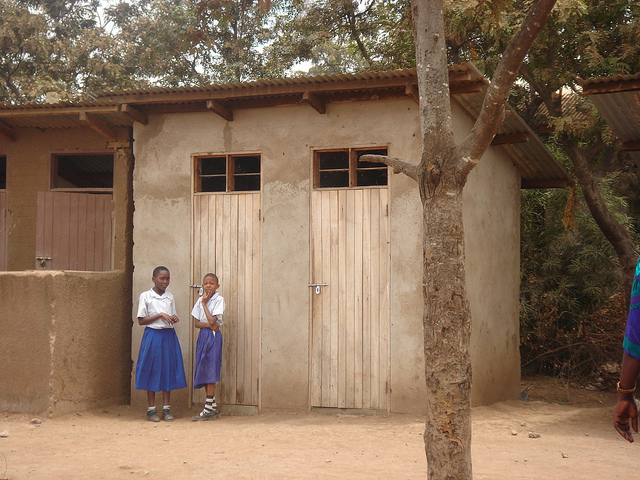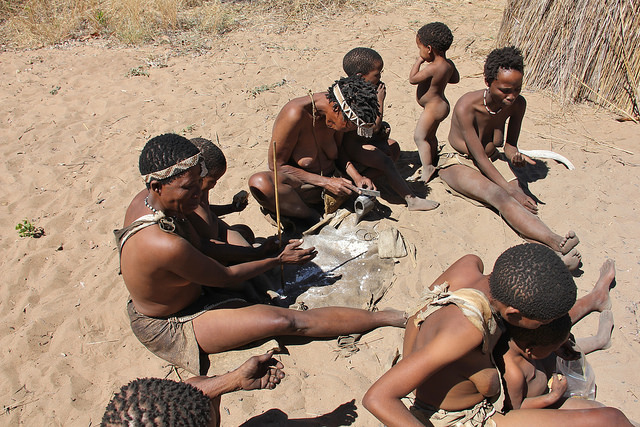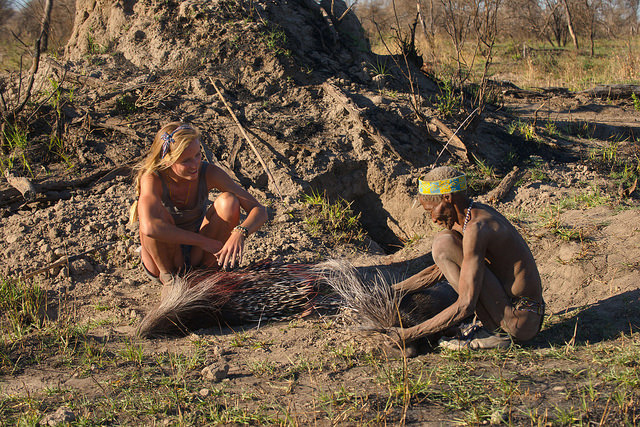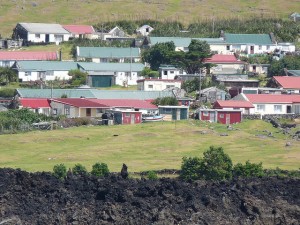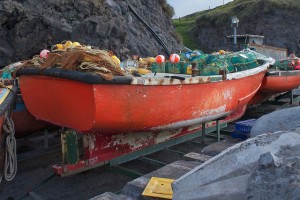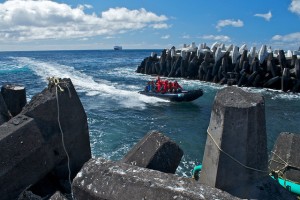The Amish are hassled by American communities about the manure their horses drop, the outhouses they erect, the building codes they sometimes ignore, and the slow moving vehicle warning triangles some of them refuse to use. One Amish store in Pennsylvania was condemned because it did not sell American flags, much like hundreds of other stores catering primarily to pacifist Anabaptist patrons.
Some communities, however, have had diametrically opposite reactions: people have openly expressed pleasure in having the Amish as neighbors. A news story last week discussed how this more favorable approach has been taken to a new level by a county in north-central West Virginia.

Barbour County, particularly its county seat of Philippi, has been openly courting young Amish families from Pennsylvania and Ohio, trying to induce them to move into the Mountain State and set up businesses. The promoters also hope that the distinctive dress and customs of the Amish will start attracting tourists to visit the economically struggling area.
Reggie Trefethen, the director of business development for Barbour County, decided to take a new approach to economic development. Instead of visiting corporate managers and trying to convince them to move their factories or stores to the mountains, he has been visiting Amish families, though with a similar message—move to our area and your business will prosper.
During his visits in the shops and homes of the Amish, he has been seeking to convince them to resettle in Philippi or in the surrounding rural area. He wants to develop retail businesses and, not incidentally, perhaps some Amish tourism. The county has already tried unsuccessfully to attract manufacturers or other sizable employers.
A group of Amish from north-central Ohio has expressed tentative interest in the plan, and if it works out, the county may well have 16 new Amish businesses, such as cheese makers and furniture shops, move into downtown Philippi by the end of this year. And, of course, it will also have bearded men and bonneted women driving horse drawn buggies for the expected tourists to gawk at. With abandoned store fronts available for small businesses to move into in Philippi, officials do not see any downside to the plan.

Mr. Trefethen has been working hard at his task. He’s been visiting Amish communities in the two neighboring states for months, giving them PowerPoint presentations that he printed out for people who do not have electricity. He told the reporter that the Amish he has spoken with have been “cordial but … guarded.” They asked such questions as whether the roads in the county were able to handle horse and buggy traffic, the extent of the tillable soil, and the availability of farmland.
He said that the current residents of Philippi and surrounding Barbour County have an accepting attitude toward the plan. He has been talking with people in the county sheriff’s office to explore possible issues that horse and buggy traffic on the public roads might cause. He emphasized that if they do decide to come, the Amish would cover the costs of moving to West Virginia themselves.
If the Barbour County approach does work, and if it gets enough media attention, perhaps it will set a positive example of how to cherish and welcome the very different, but very neighborly and hard-working, Amish people into a community.



